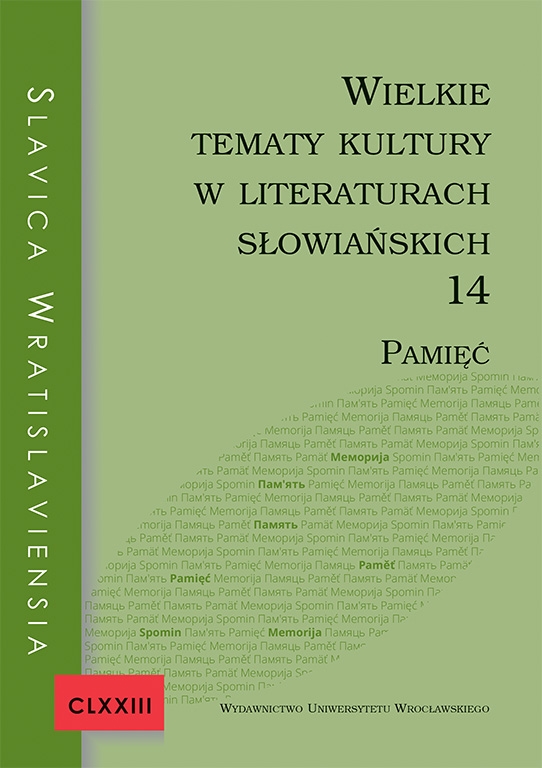

Literatury Słowiańszczyzny południowej

The Serbian town of Šabac occupies a significant place in the memory discourse devoted to the Holocaust. It was exactly in Šabac where the members of the so-called Klavado transportation (a group of over one thousand Jews from the Central Europe who, just before the outbreak of WWII, following the Danube, illegally headed for the Black Sea, and then Palestine) spent over a year. Additionally, the nearby village of Zasavica is the place of extermination of Jews, both local and those captured in Yugoslavia at the end of 1939.
The aim of this paper is to investigate the place occupied by the Holocaust of the Shabak Jews both in the Serbian as well as broader, i.e., post-Yugoslavian cultural memory. Consequently, it provides the literary analysis of the fragments of Belladonna, a novel by the Croatian writer Daša Drndić. Furthermore, the article focuses on the recent activities undertaken in Serbia by the official institutions as well as non-profit organizations, whose goal is to reinstate, and then retain, the memory on the fortunes of the Jews from Šabac.